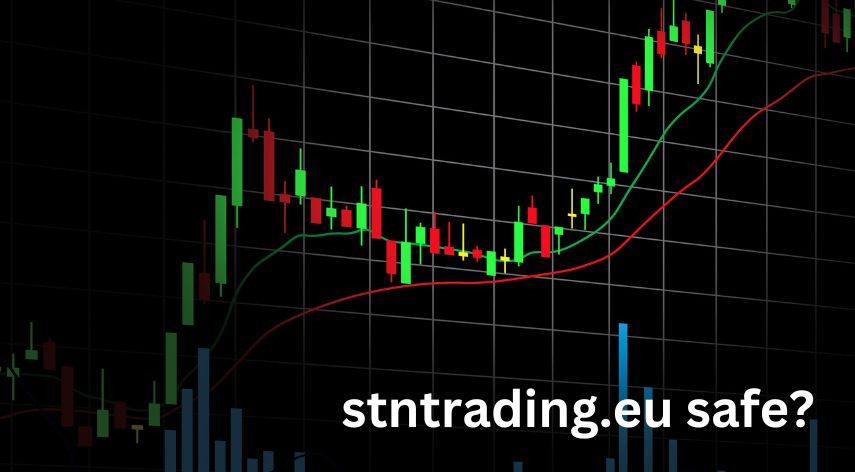A Complete Overview: What Is a Risk Asset?

Welcome aboard! Today, we’re venturing into the world of finance. We will tackle a straightforward yet important question: “What is a risk asset?”
Now, you might be thinking this sounds like a jargon-filled, complex topic. But don’t fret! We’re here to break it down in the simplest of terms.
That way, you can easily understand and even impress your friends with your knowledge. So, buckle up, and let’s dive into the fascinating realm of risk assets!
Table of Contents
ToggleWhat Is a Risk Asset?
First things first, let’s define what a risk asset is. In simple terms, it refers to any investment vehicle that involves some level of risk and has the potential for a higher return. In contrast, low-risk assets provide lower returns but are, somehow, safer investments.
Some examples of risk assets include stocks, real estate, commodities, and high-yield bonds. These assets are typically more volatile. Meaning their value can fluctuate significantly in a short period.
On the other hand, low-risk assets like government bonds and cash. They have a stable value but offer lower returns.
Types of Risk Assets
Now that we understand what risk assets are let’s take a deeper look at the types of risks associated with them. Generally, risk assets are subject to four main types:
Market Risk
Also known as systematic or undiversifiable risk. It refers to potential losses due to macroeconomic factors affecting financial markets. Examples include changes in interest rates, geopolitical events, and natural disasters.
Market risk can significantly impact investment portfolios. Why? Because it is beyond the control of individual investors.
Therefore, it is crucial for investors to closely monitor market conditions. They should diversify their holdings to manage this risk effectively.
Credit Risk
This refers to the possibility of loss due to a borrower defaulting on their loans or bonds. It is especially relevant for credit risk assets such as corporate bonds and peer-to-peer lending.
Credit risk assessment involves evaluating the creditworthiness of borrowers. Factors such as the borrower’s financial health and credit history are usually considered.
Proper credit risk management involves diversifying credit exposure. It conducts thorough due diligence on borrowers.
Liquidity Risk
This risk arises when an investor cannot easily sell their asset, leading to losses. In other words, it’s the risk of not being able to convert an asset into cash quickly. Real estate and certain types of bonds are examples of assets with high liquidity risk.
Investors should consider the ease of buying and selling before making any decisions. Adequate diversification and maintaining sufficient cash reserves can help mitigate liquidity risk.
Inflation Risk
This is the risk of a decline in purchasing power due to inflation. This usually erodes the value of an investment over time. For instance, if you invest in an asset that yields 5% returns but inflation is at 4%, your real return is only 1%.
This is why many investors turn to risk assets, which usually have a higher potential for return. This strategy helps them combat inflation.
Inflation risk can erode the value of fixed-income investments such as bonds. This makes it important for investors to consider inflation-adjusted returns when making decisions.
Balancing Risk and Return
One crucial aspect is understanding the relationship between risk and return. Generally, the greater the risk an investor takes on, the higher the potential return.
However, this also means that there is a higher chance of losing money. On the other hand, low-risk assets offer lower returns but have a lower risk of loss.
When choosing risk assets for your investment portfolio, balance risk and return. This involves assessing your risk tolerance and investment goals.
You should also select assets that align with them. A well-diversified portfolio should include a mix of risk and low-risk assets in overall management.
Investing in Cryptocurrencies
Now, let’s apply our newfound knowledge to a specific type of risk asset – cryptocurrency. Cryptocurrencies like Bitcoin, Ethereum, and Litecoin have become increasingly popular in recent years. This is because of their potential for high returns.
However, they also come with a significant amount of risk. This is due to their high volatility and lack of regulation.
Investing in individual cryptocurrencies can be daunting. This is why many investors choose to invest in crypto funds instead. Crypto funds are usually managed by professionals who have experience and expertise.
They offer a diversified portfolio of different cryptocurrencies. This mitigates the risk associated with investing in a single crypto asset. So, when choosing a crypto fund, consider factors such as the fund manager’s track record, strategy, and fees.
It’s also crucial to understand the risks associated with cryptocurrency investments. Remember, only invest what you can afford to lose.
Mastering the Art of Asset Allocation
Asset allocation is a strategy that involves spreading investments across various asset classes. This includes equities, bonds, real estate, commodities, and crypto assets. The primary objective of this strategy is to balance risk and reward.
This is usually done by adjusting the percentage of each asset in the portfolio. It should be according to the investor’s risk tolerance, investment goals, and time frame.
It’s vital to revisit and realign your asset allocation periodically. You can also do this when your financial circumstances change. This process, known as rebalancing, helps keep your portfolio on track. It helps to achieve your investment goals and manage risk effectively.
The Importance of Diversification
Investors diversify their portfolios to manage risk across assets. They can minimize the potential for significant losses in their portfolio. They do this by investing in various asset classes, sectors, and geographical regions.
This is due to the fact that different types of assets often perform differently. Simply put, when one asset is performing poorly, another may be performing well. Therefore, balancing the overall performance of the portfolio is a must.
Portfolio diversification cannot guarantee profits or protect against all risks. But it can increase the chances of achieving long-term financial goals.
Unleash the Power of Risk Assets
Understanding what is a risk asset and how it operates is essential for investing. Risk assets, while offering higher returns, come with their own set of risks.
Diversification stands as a useful strategy. It mitigates these risks and navigates the complex world of investment. Always remember, the successful investor isn’t necessarily the one who avoids risk but the one who understands it.
Thank you for joining us on this journey through risk assets! If you’re eager to continue expanding your knowledge, explore more on our blog! There’s a wealth of insights waiting for you – let’s keep learning together!
Mike Farrier possesses over 18 years of hands-on experience in software and web development, SEO, social media marketing, eCommerce, and digital marketing. He has been active in the online domain since 2019, serving as a seasoned SEO and digital marketing consultant.
Recommended For You
Spread the loveIn the ever-expanding digital landscape, online trading platforms have become a staple for savvy consumers looking to explore
Spread the loveDo you find tax season overwhelming? You’re not alone. But don’t worry; our article on tax checklist essentials has you
Spread the loveNavigating the world of document signing and validation can be perplexing. This is especially true when it comes



